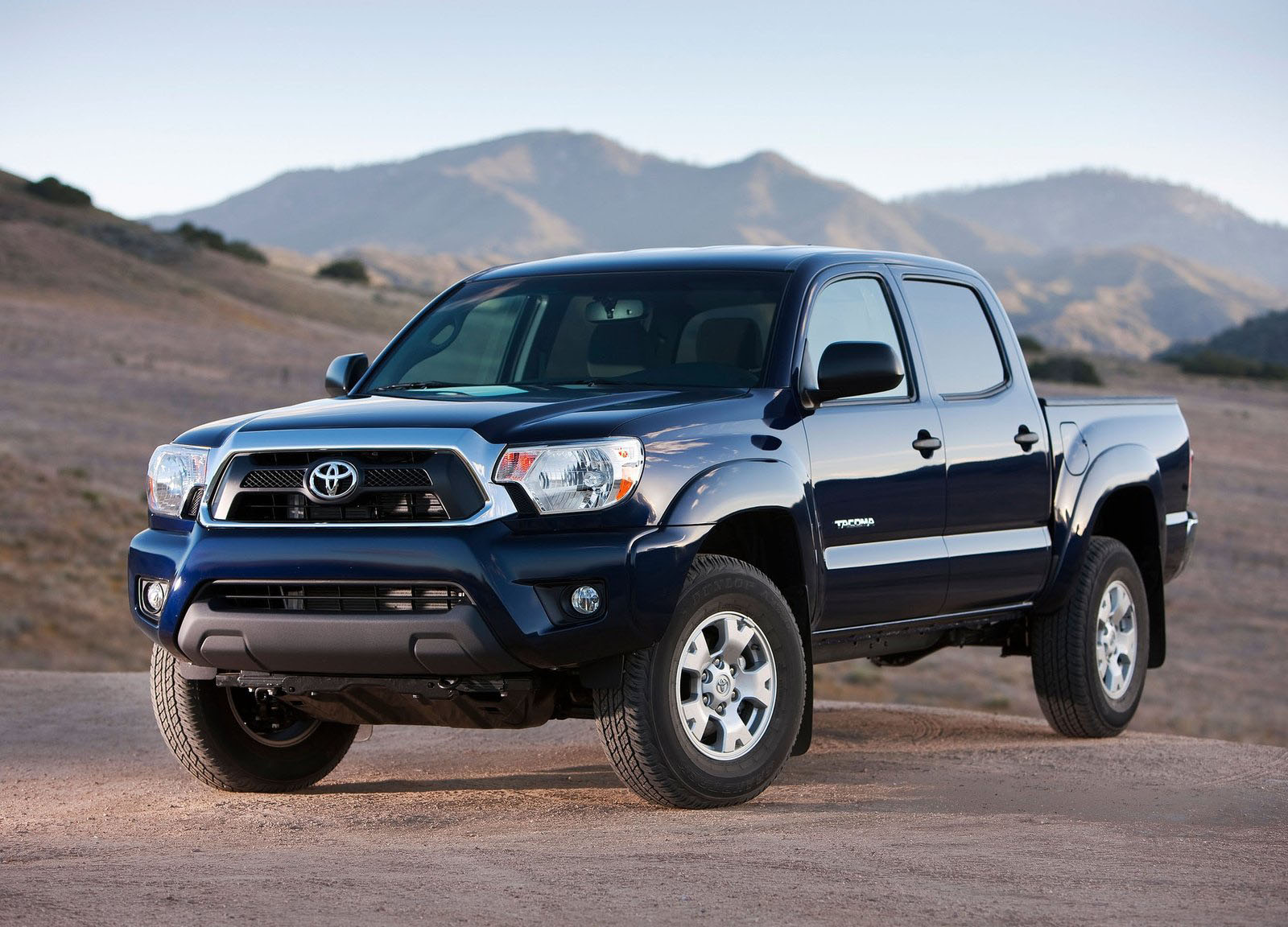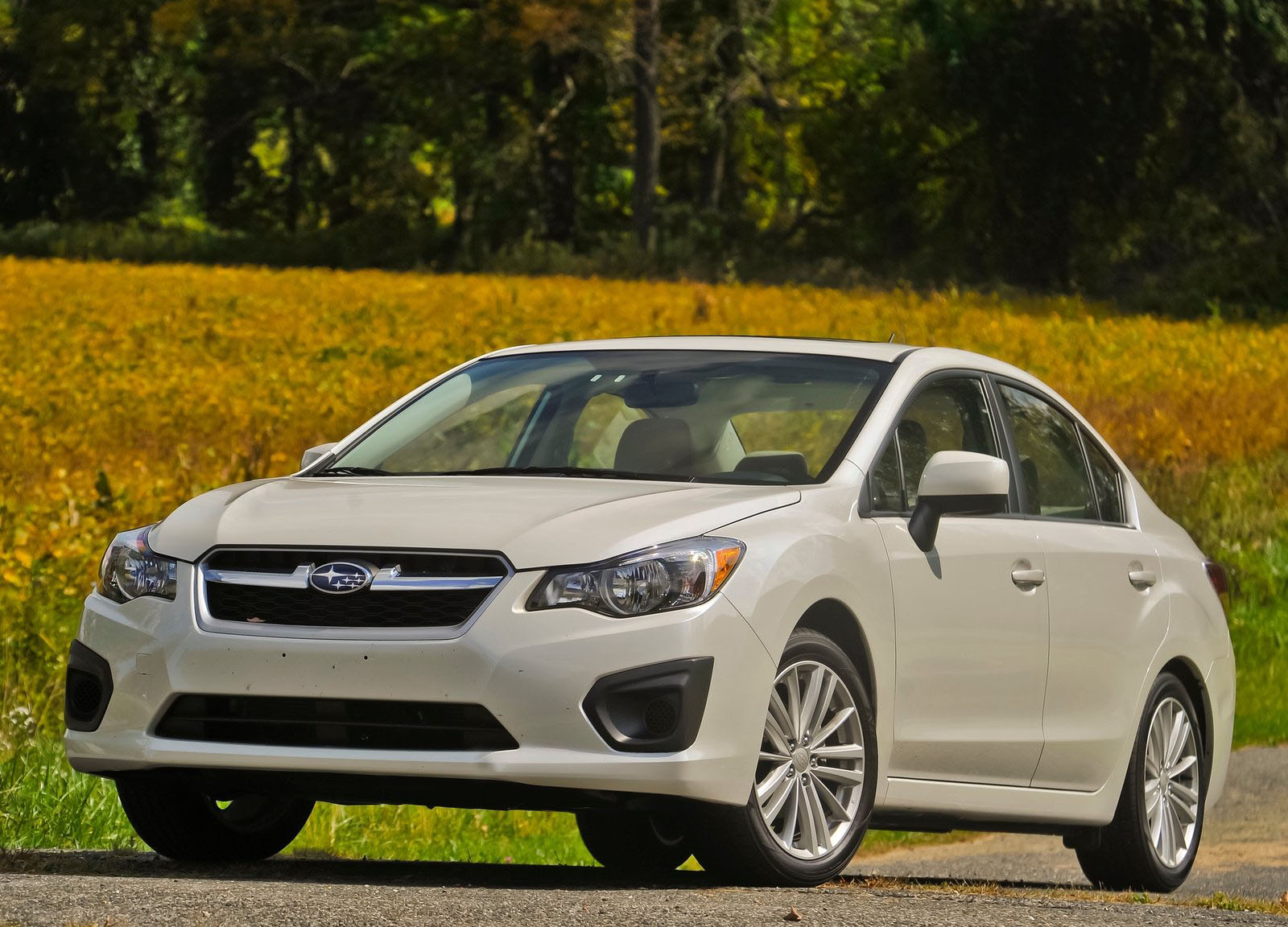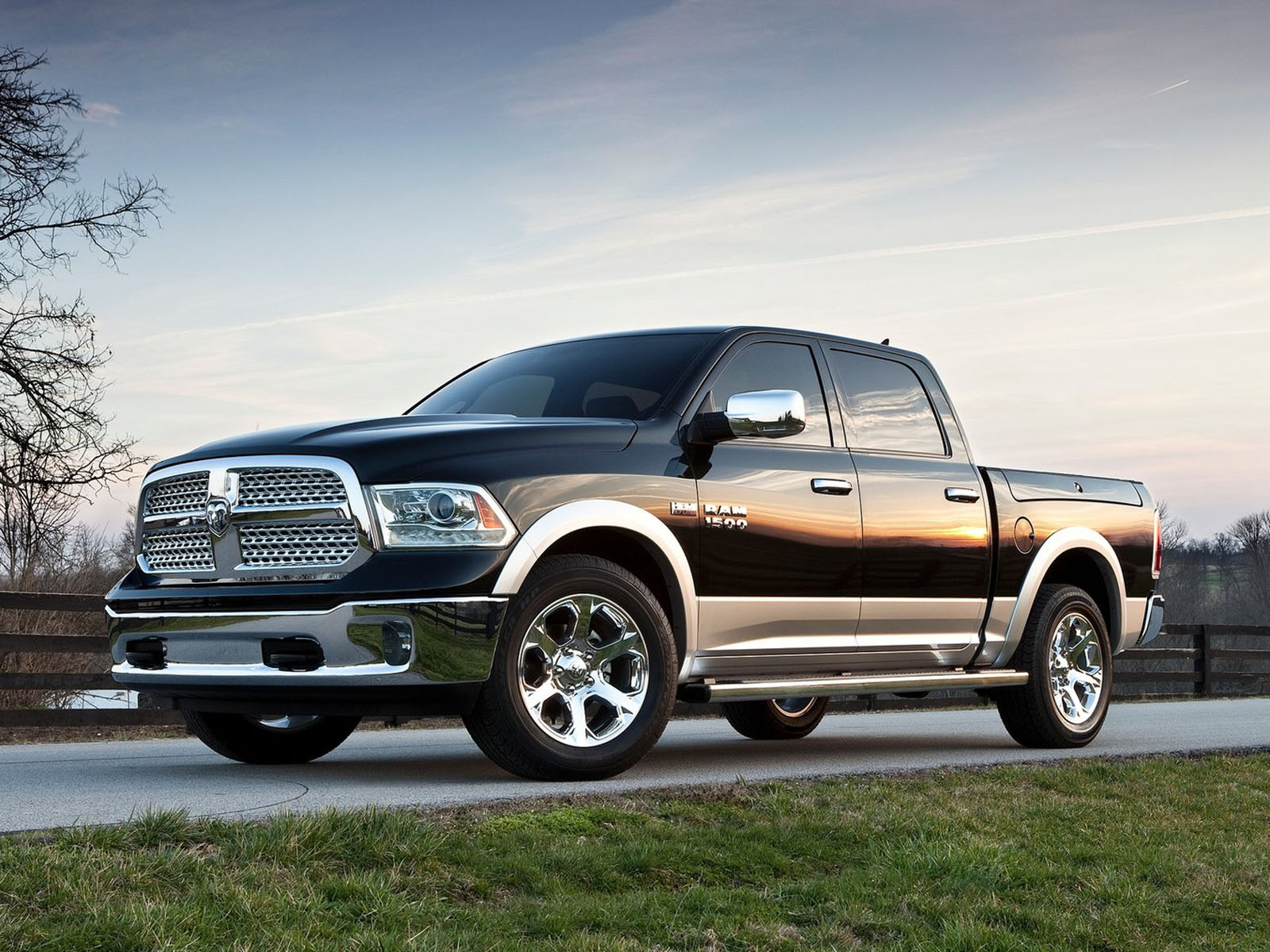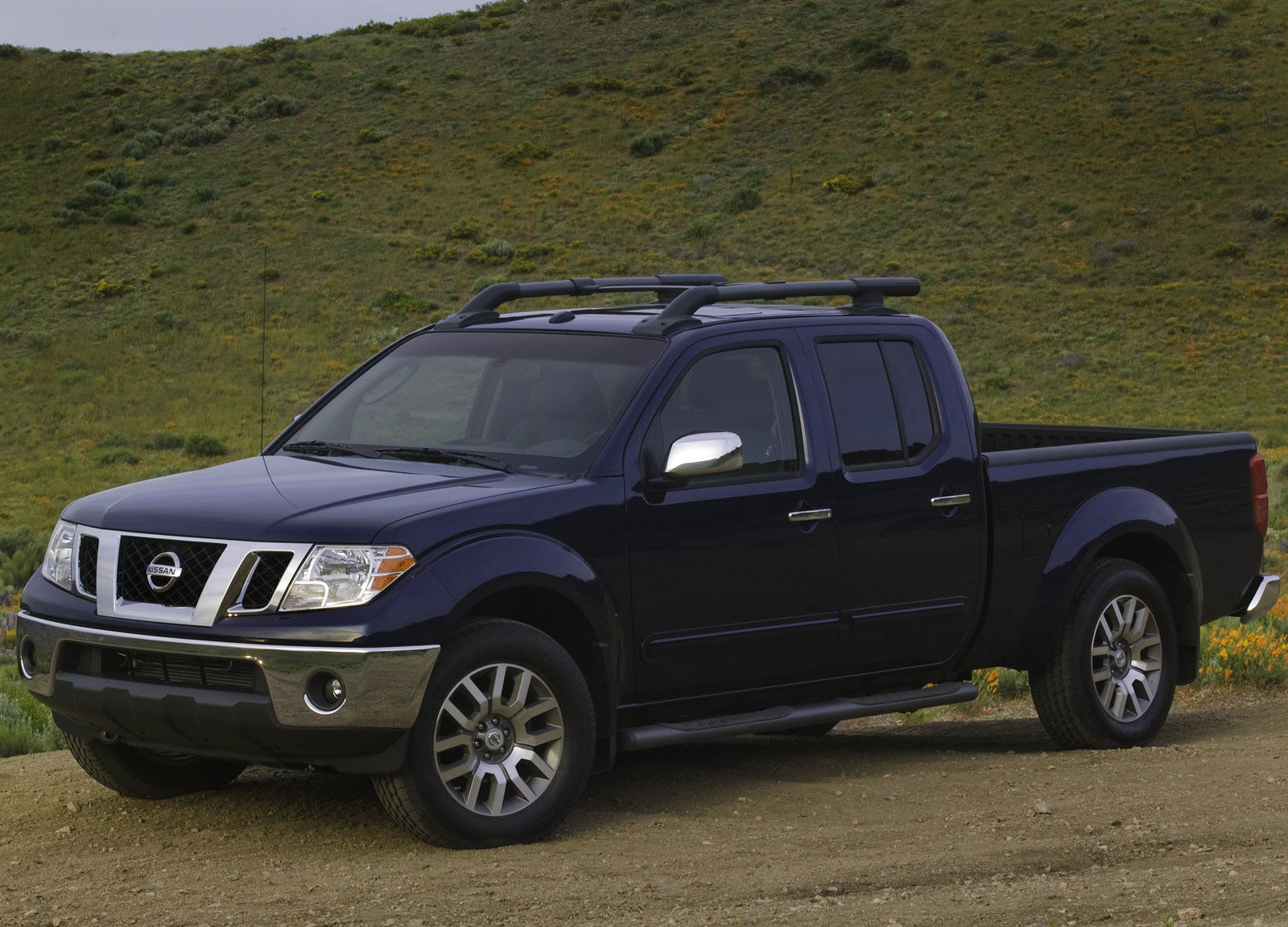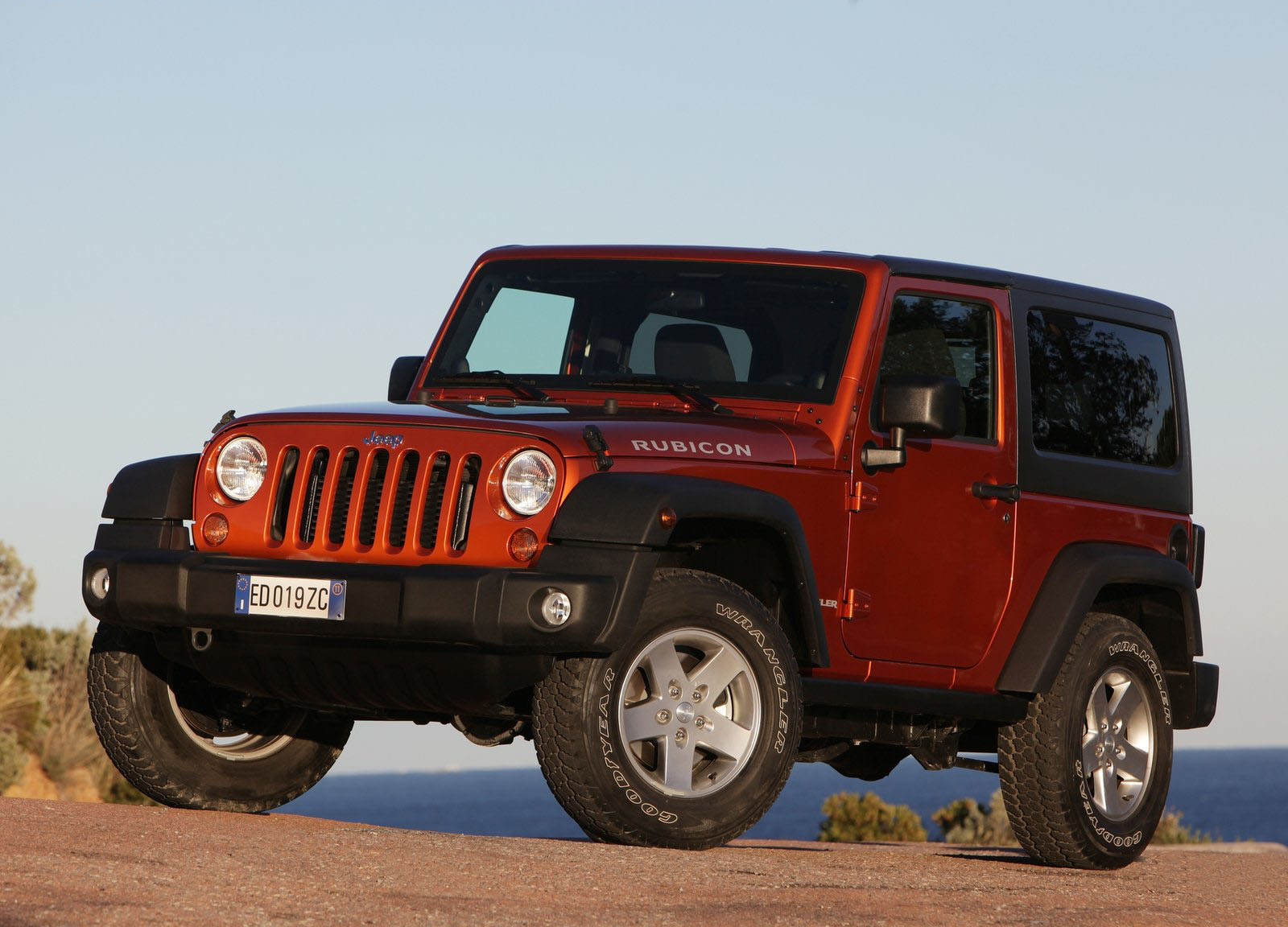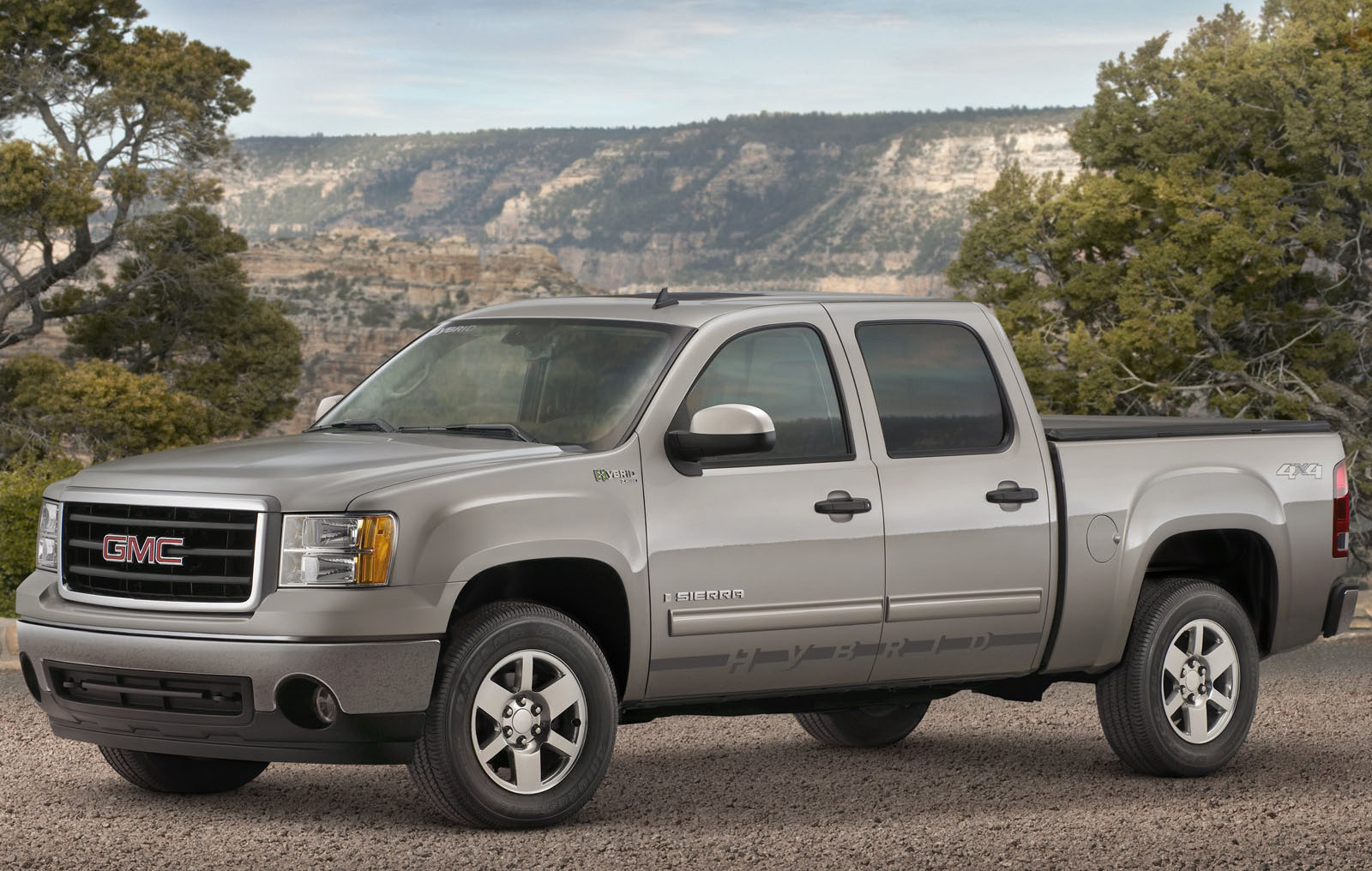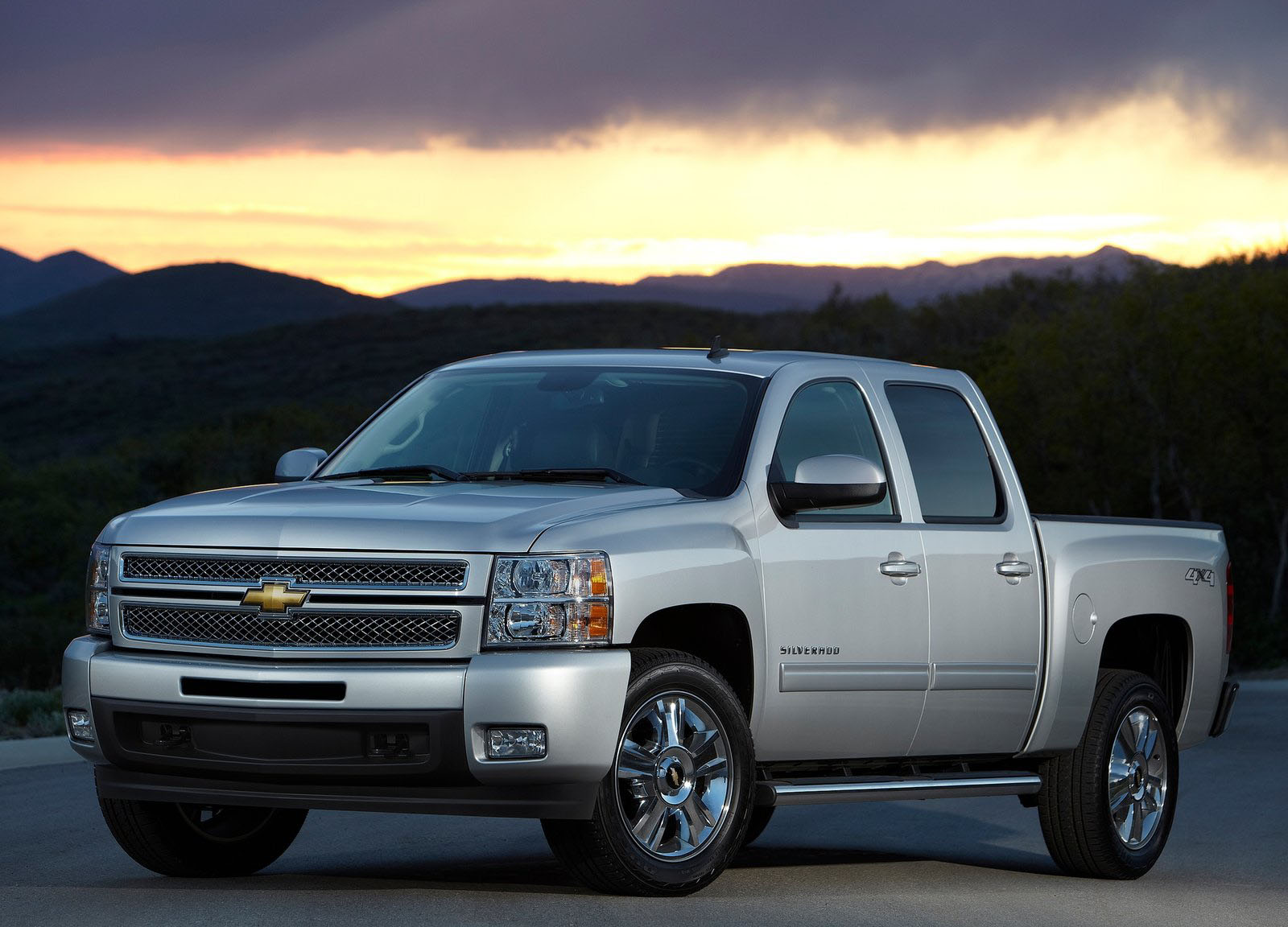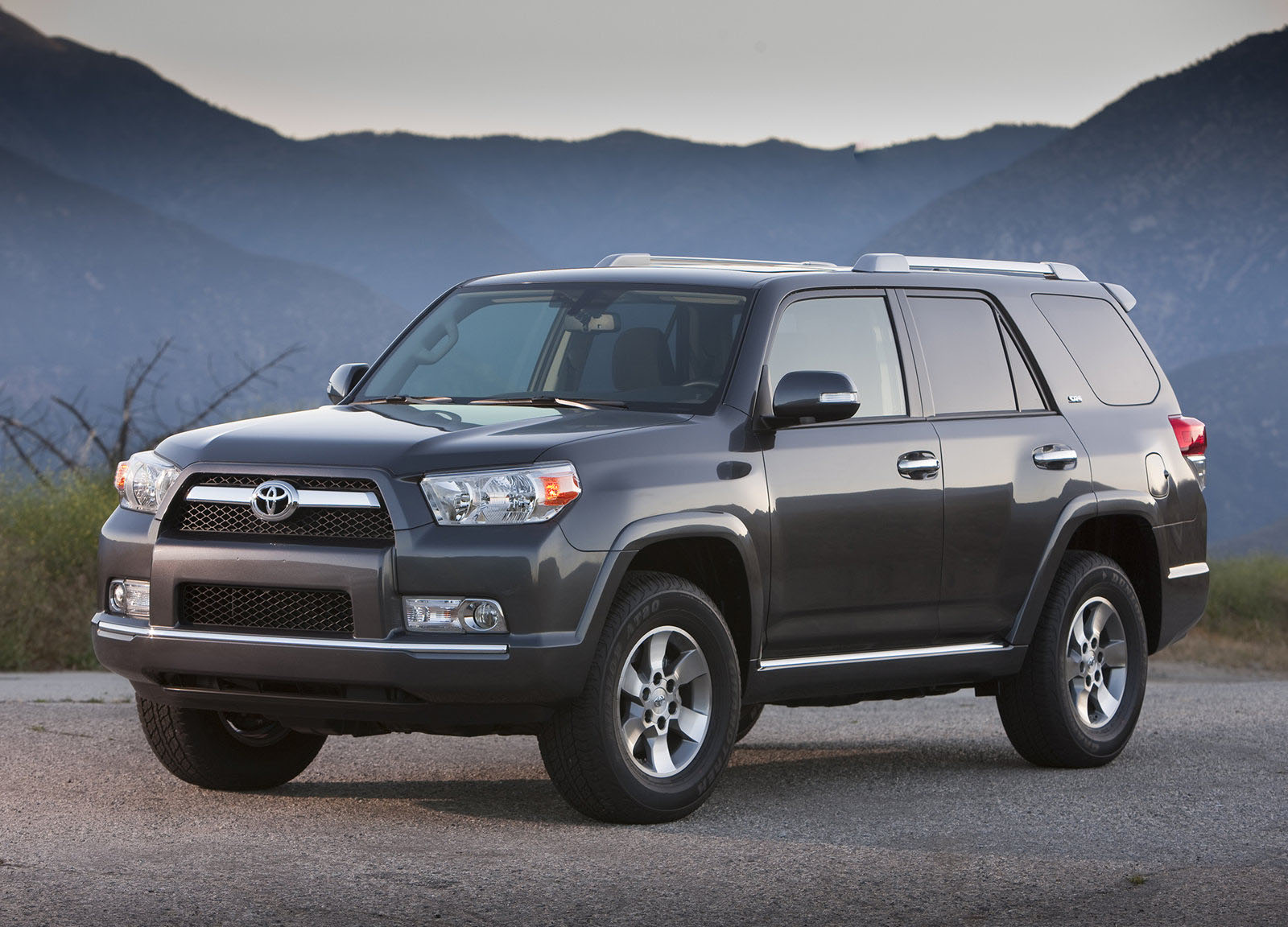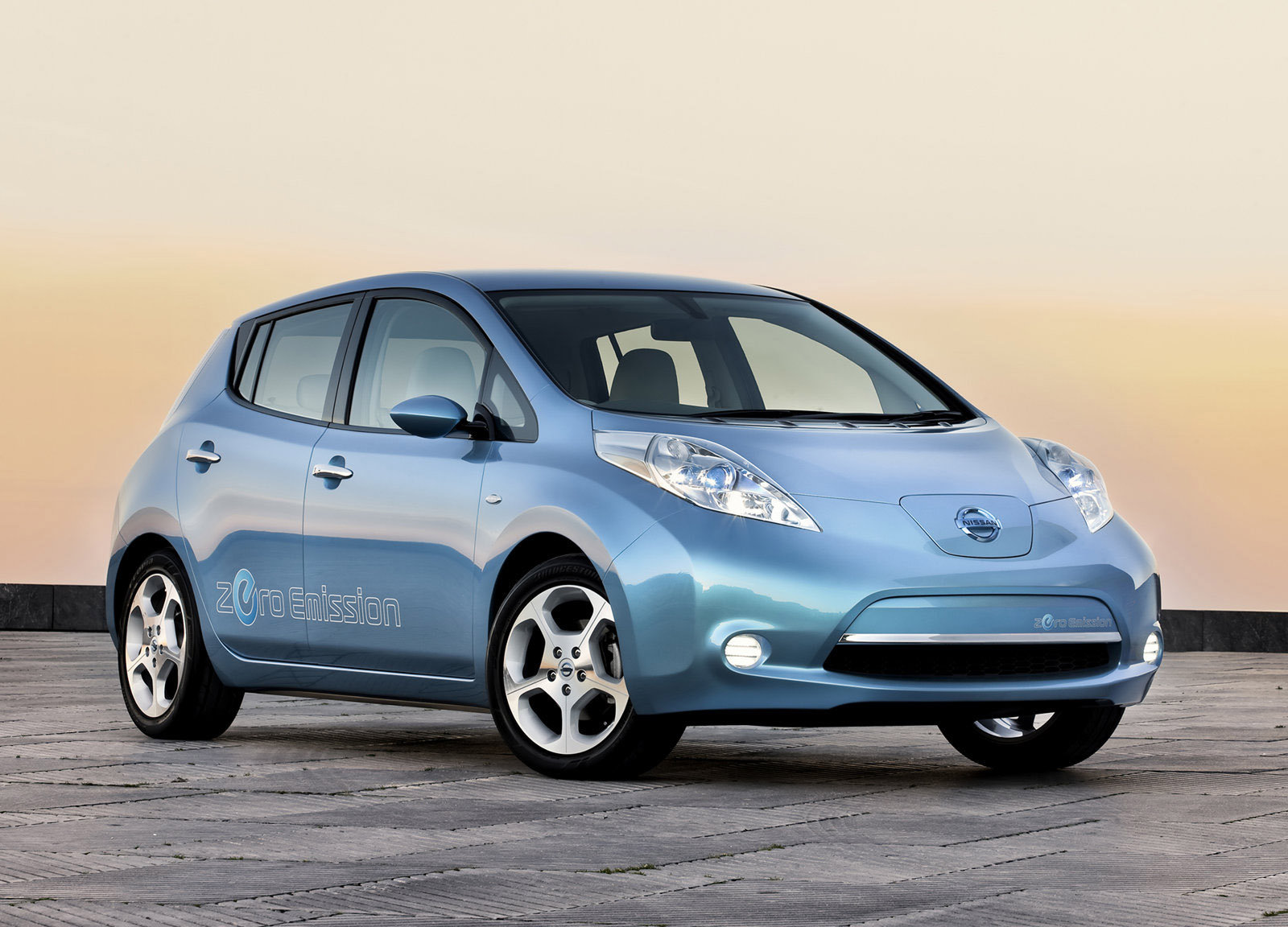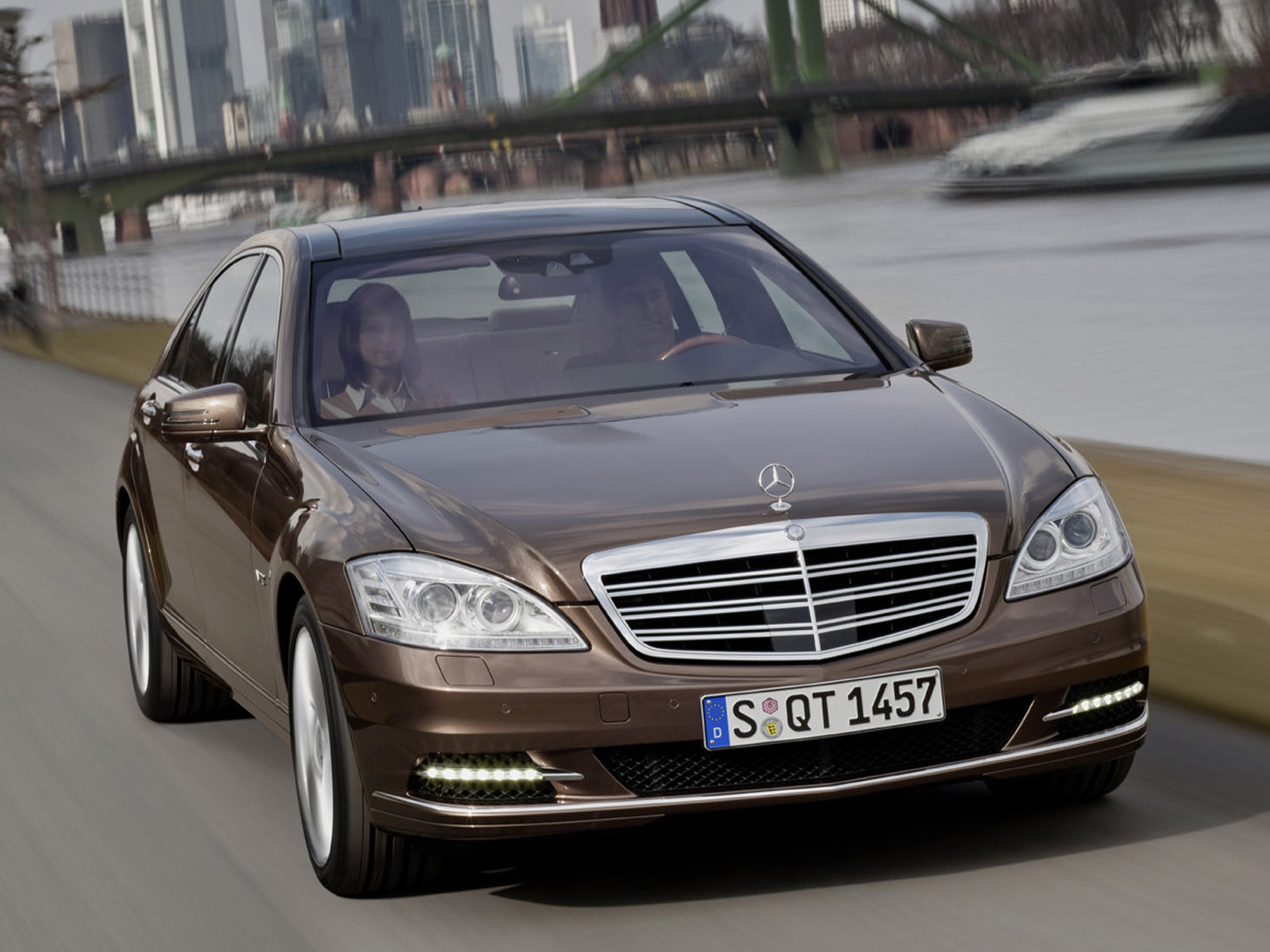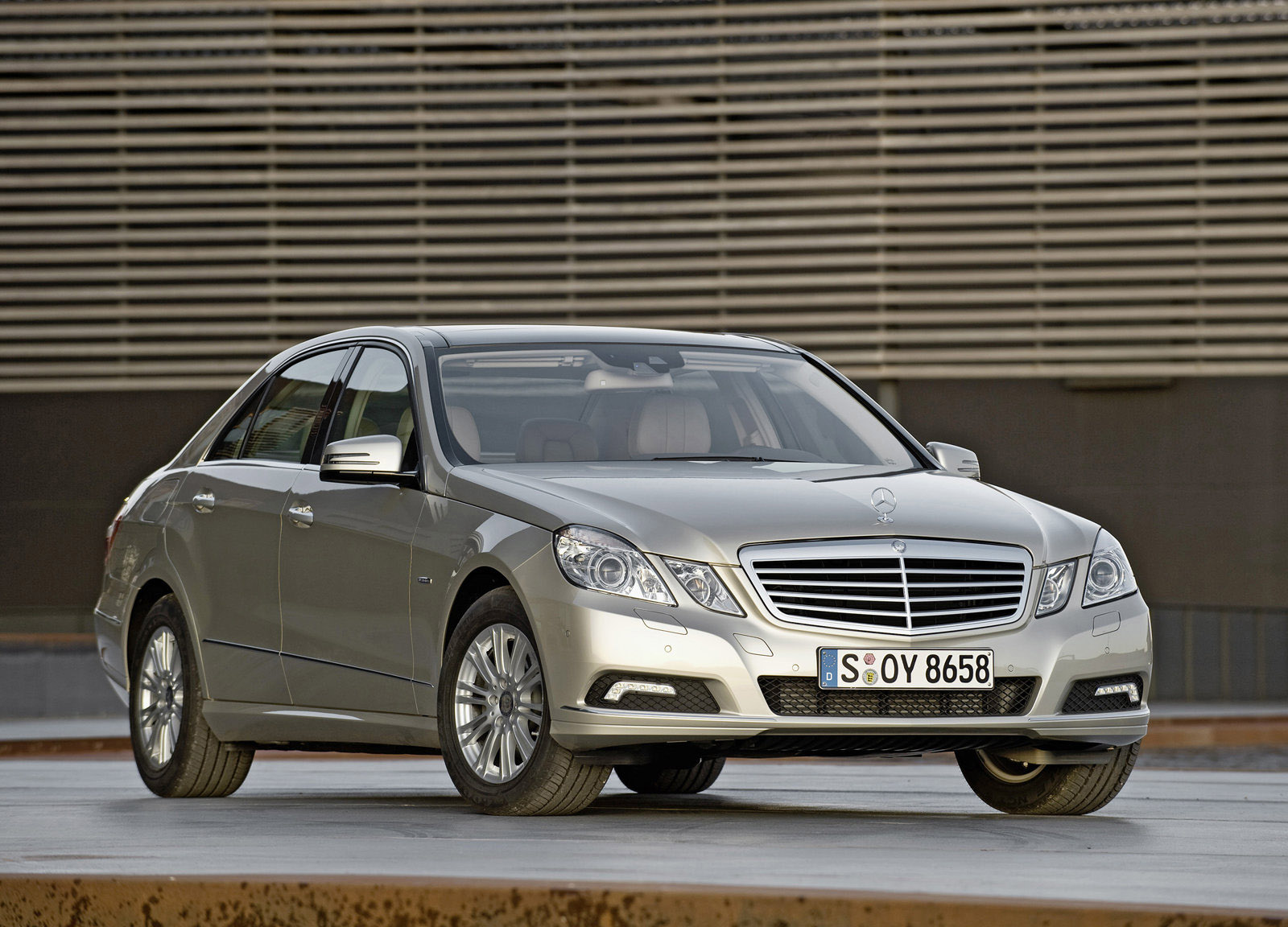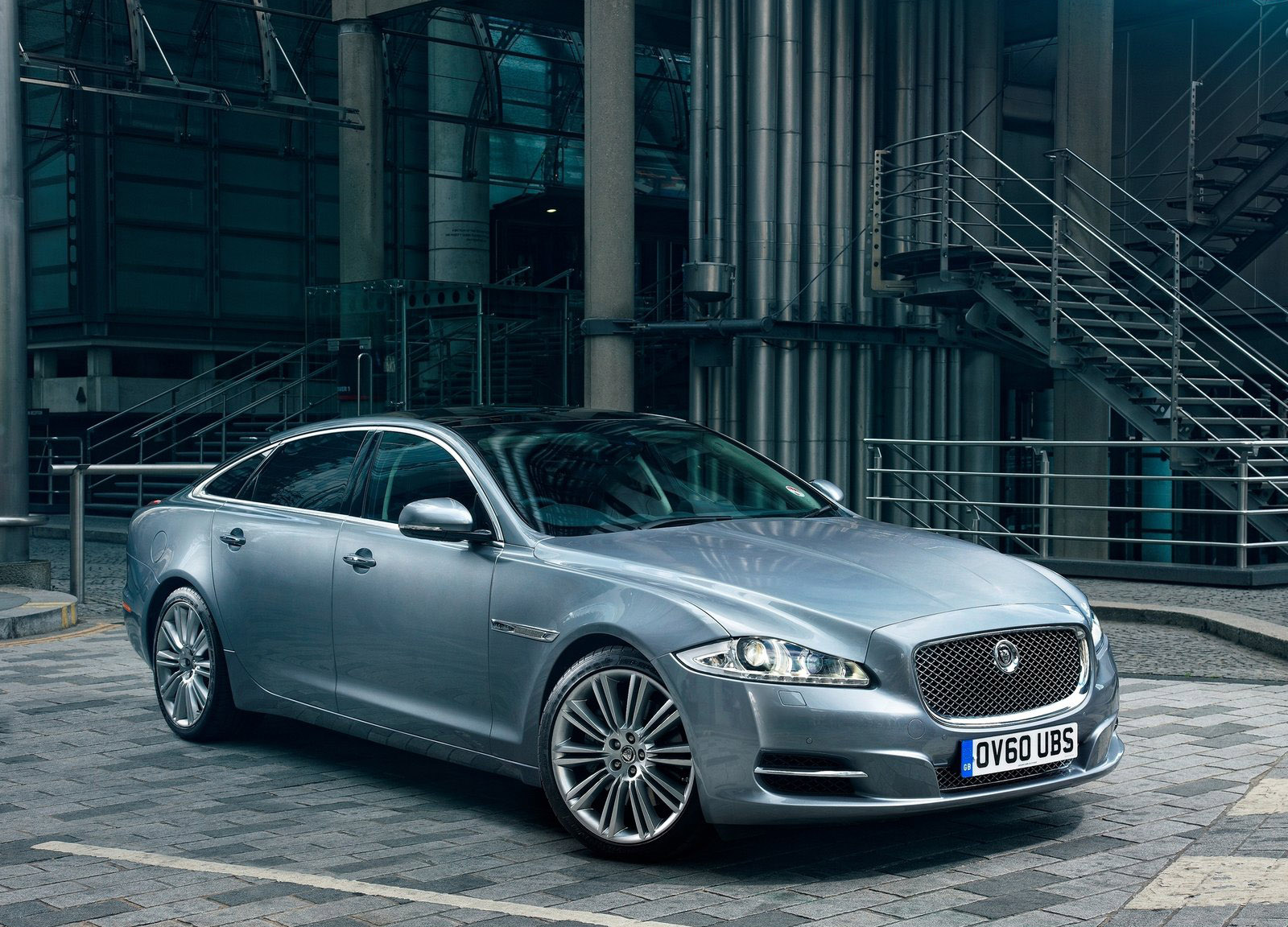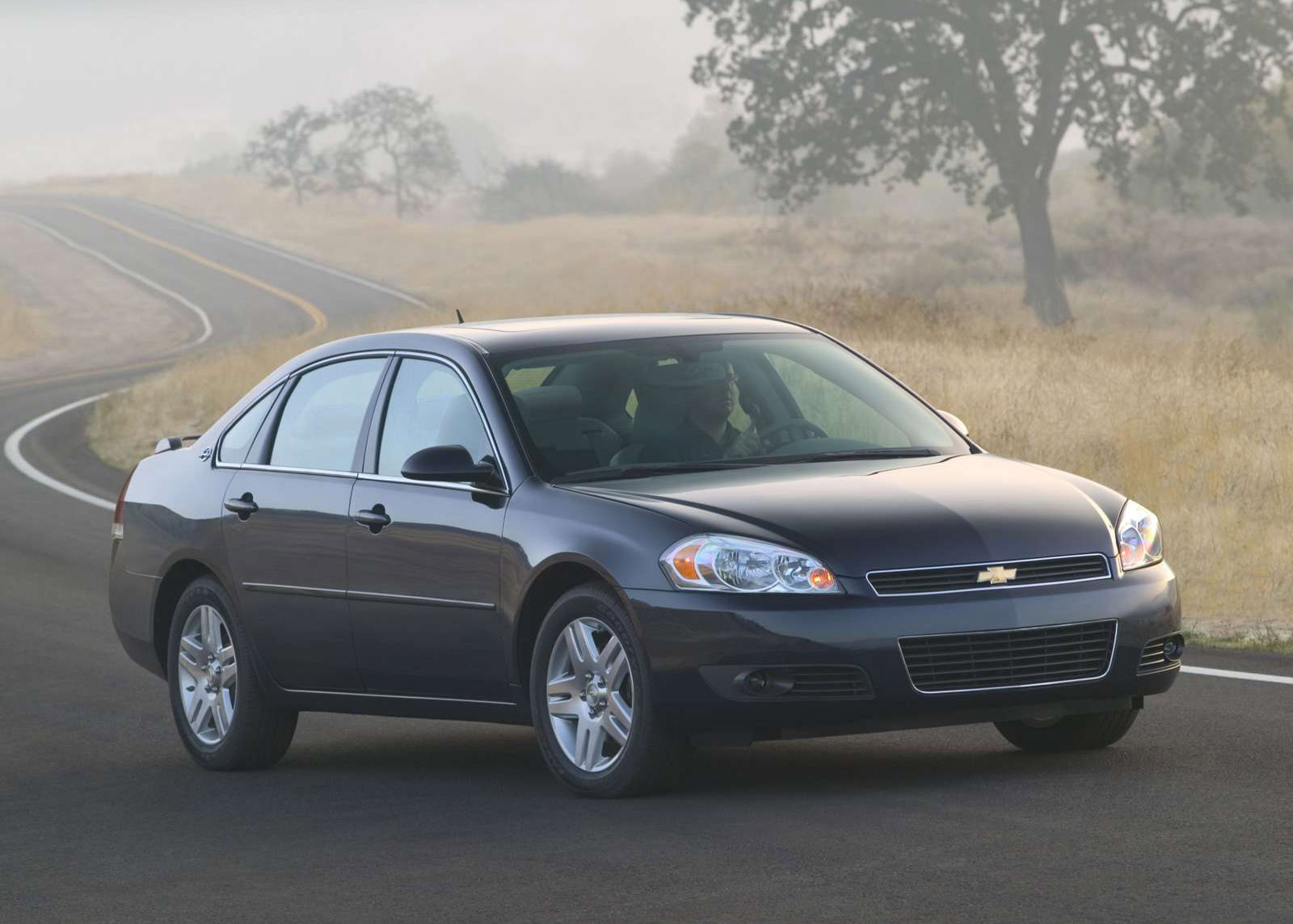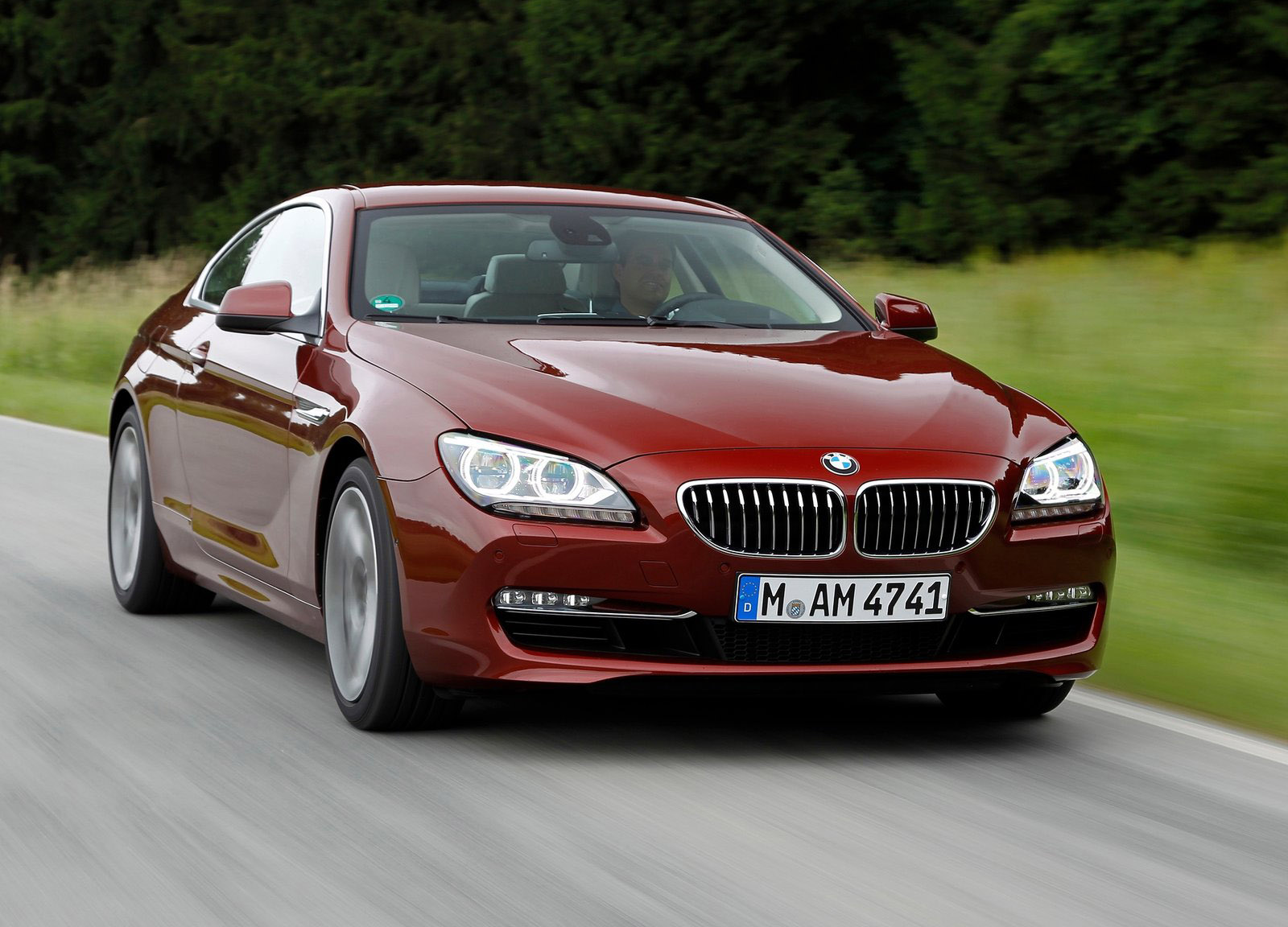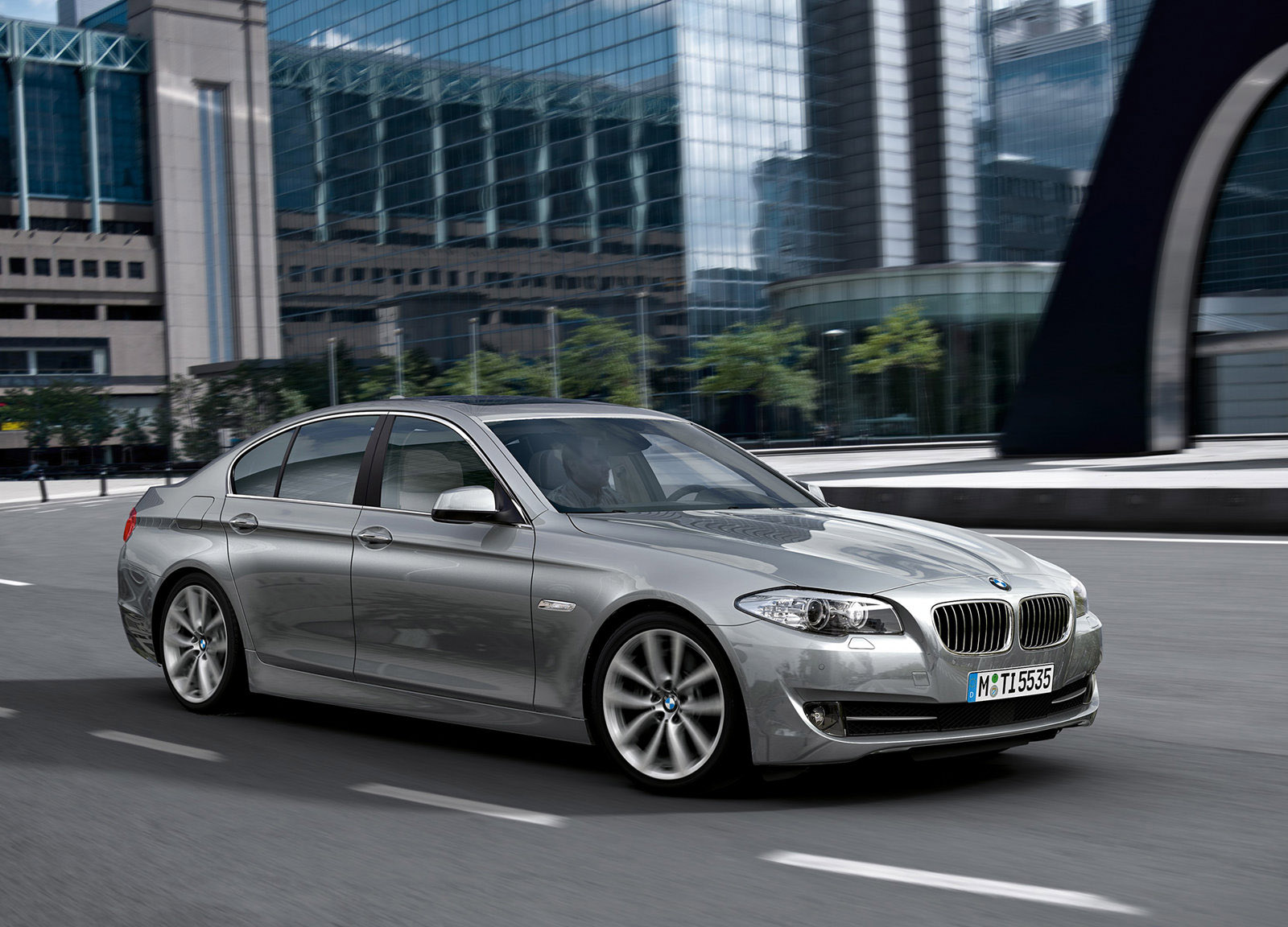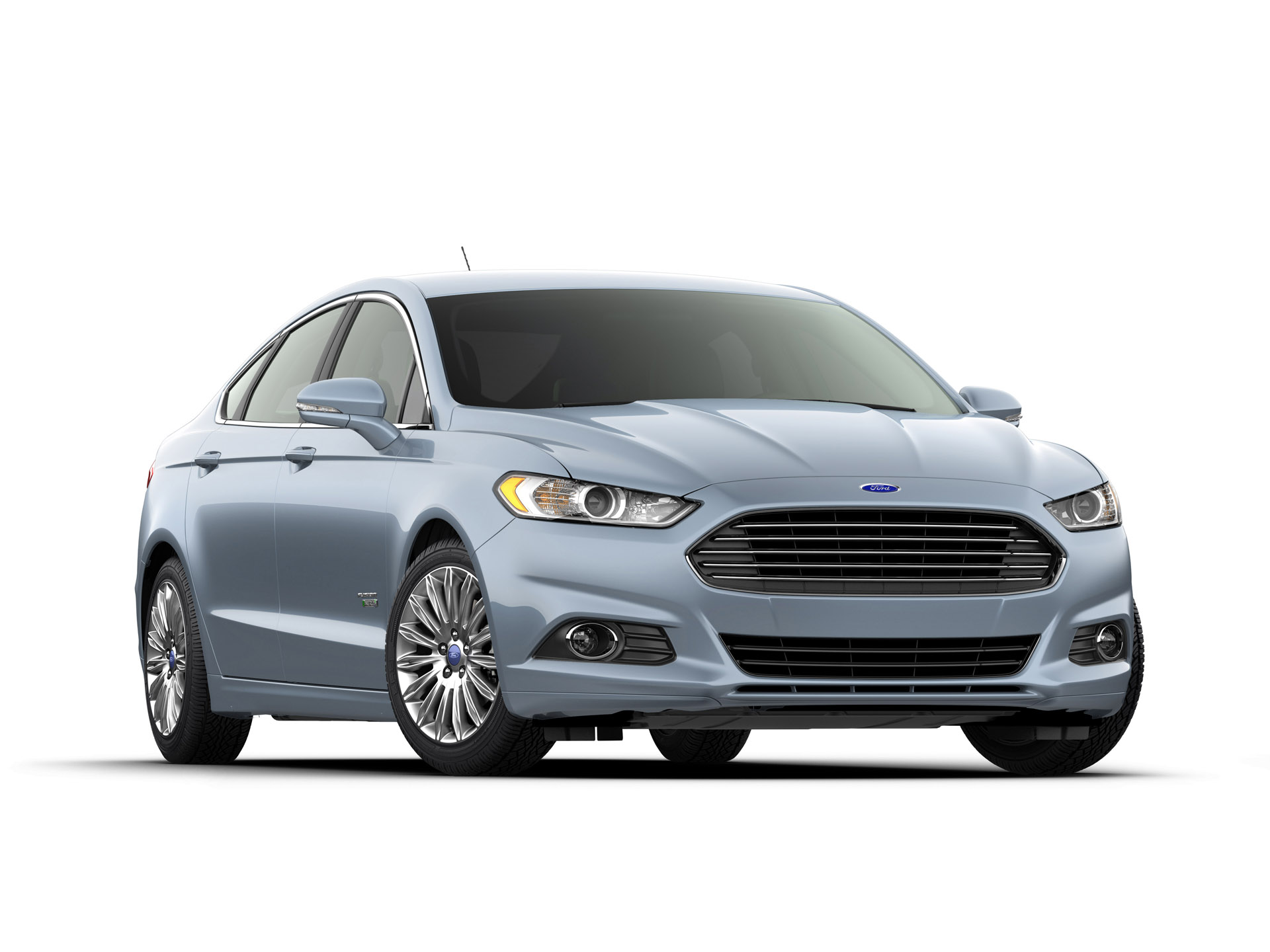Depreciation is the unfortunate reality when it comes to buying most new cars. Maybe not with some multi-million-dollar exotics, but “the rest of us” have to accept that most any new car or truck we drive off the lot will lose more and more of its value the more we drive it and the longer we keep it.
More than 50 percent over five years, according to analysis from iSeeCars.com. But that’s the average: some cars depreciate faster than others. Or put another way, some hold their value better than others.
The study compiled a list of both ends of the spectrum, with depreciation rates ranging from 27.3 percent to 71.7. That’s a huge range, and one you might want to take into account when buying your next set of wheels – new or used.
The least depreciating vehicles in the United States are almost exclusively trucks: primarily domestic SUVs and pickups. The top two slots are occupied by the Jeep Wrangler and Wrangler Unlimited, which were found to have depreciated an average of 27.3 percent after five years. Next up were the Toyota Tacoma (29.5%) and Tundra (37.1%), followed by the Nissan Frontier (37.8%), Toyota 4Runner (38.1%), Chevrolet Silverado 1500 (39.7%) and GMC Sierra 1500 (39.9%), Subaru Impreza (42.3%), and Ram 1500 (42.7%). The Impreza stands out as the lone passenger car to make the Top 10.
The other end of the spectrum saw electrified vehicles and high-end luxury sedans dominate with the highest depreciation rates (or the lowest residual values). At the top of the list were the Nissan Leaf (71.7%) and Chevy Volt (71.2%), followed by the BMW 7 Series (71.1%), Mercedes-Benz S-Class (69.9%), Ford Fusion Energi (69.4%), BMW 6 Series (68.3%) and BMW 5 Series (67.3%), Mercedes-Benz E-Class (67.2%), and Jaguar XJL (66.4%). The only conventional, mass market, domestic model to earn the dubious distinction was the Chevy Impala (at 66.2%).
The figures were drawn from over 3.6 million vehicles from the 2013 model year, sold in the United States from January 2013 through September 2018, with used-car values adjusted for inflation.
“While the average new vehicle loses 50.2 percent of its value after five years, there are vehicles that retain more of their value and depreciate less than average,” said iSeeCars CEO Phong Ly. “For consumers who buy new vehicles and sell them around the five-year mark, choosing a model that retains the most value is a smart economic decision.”





